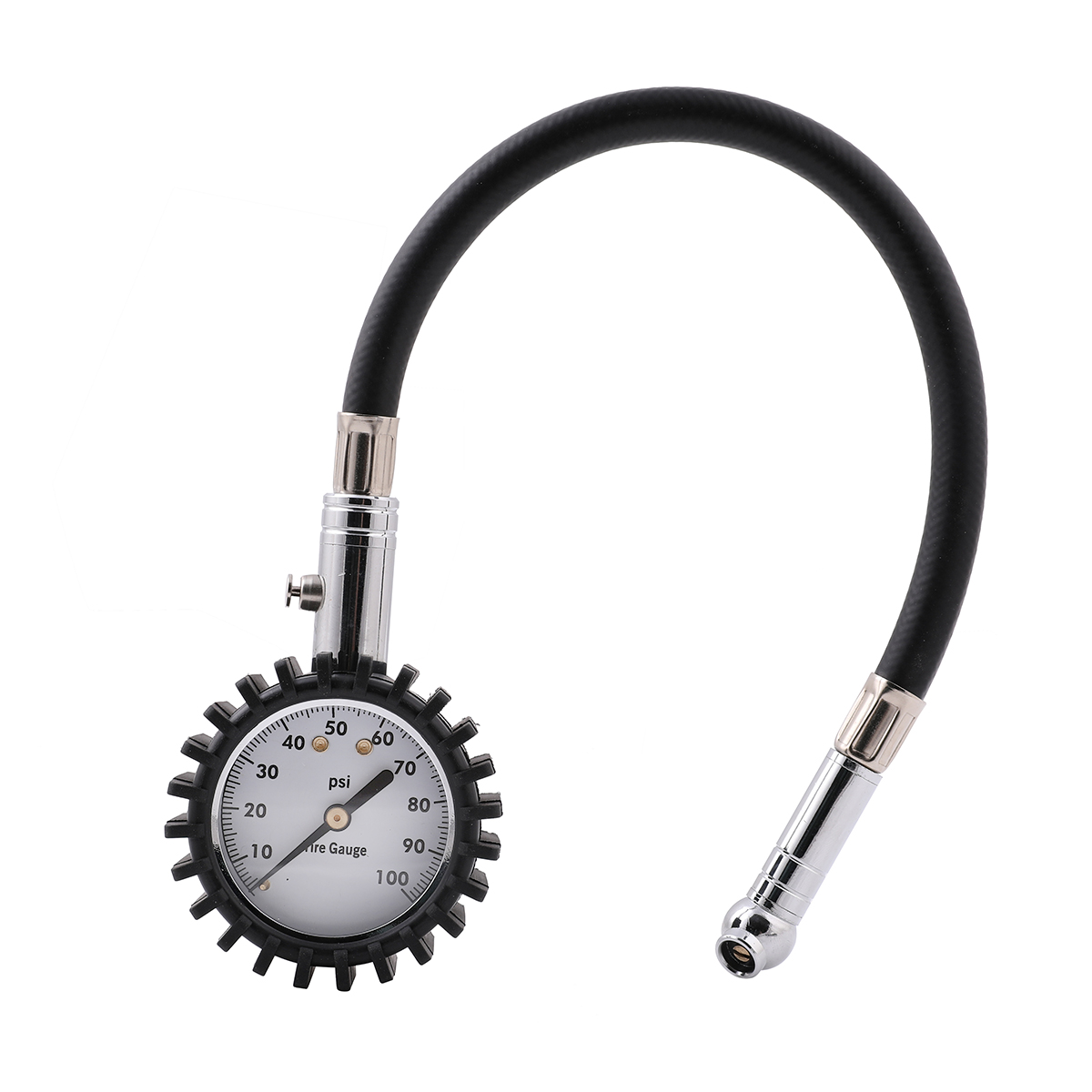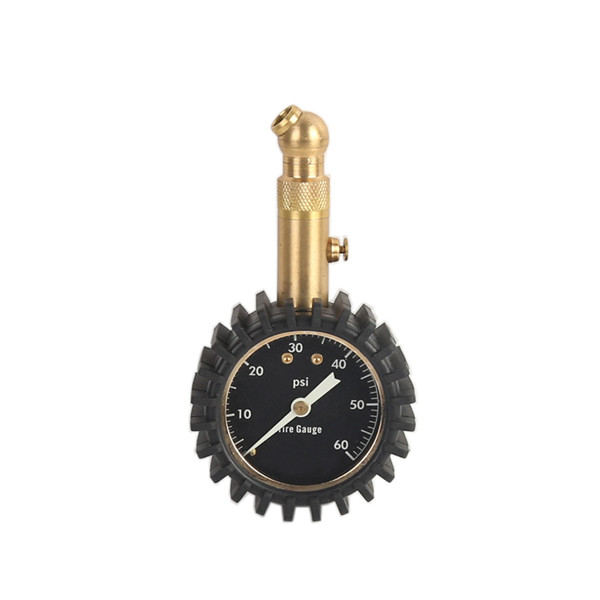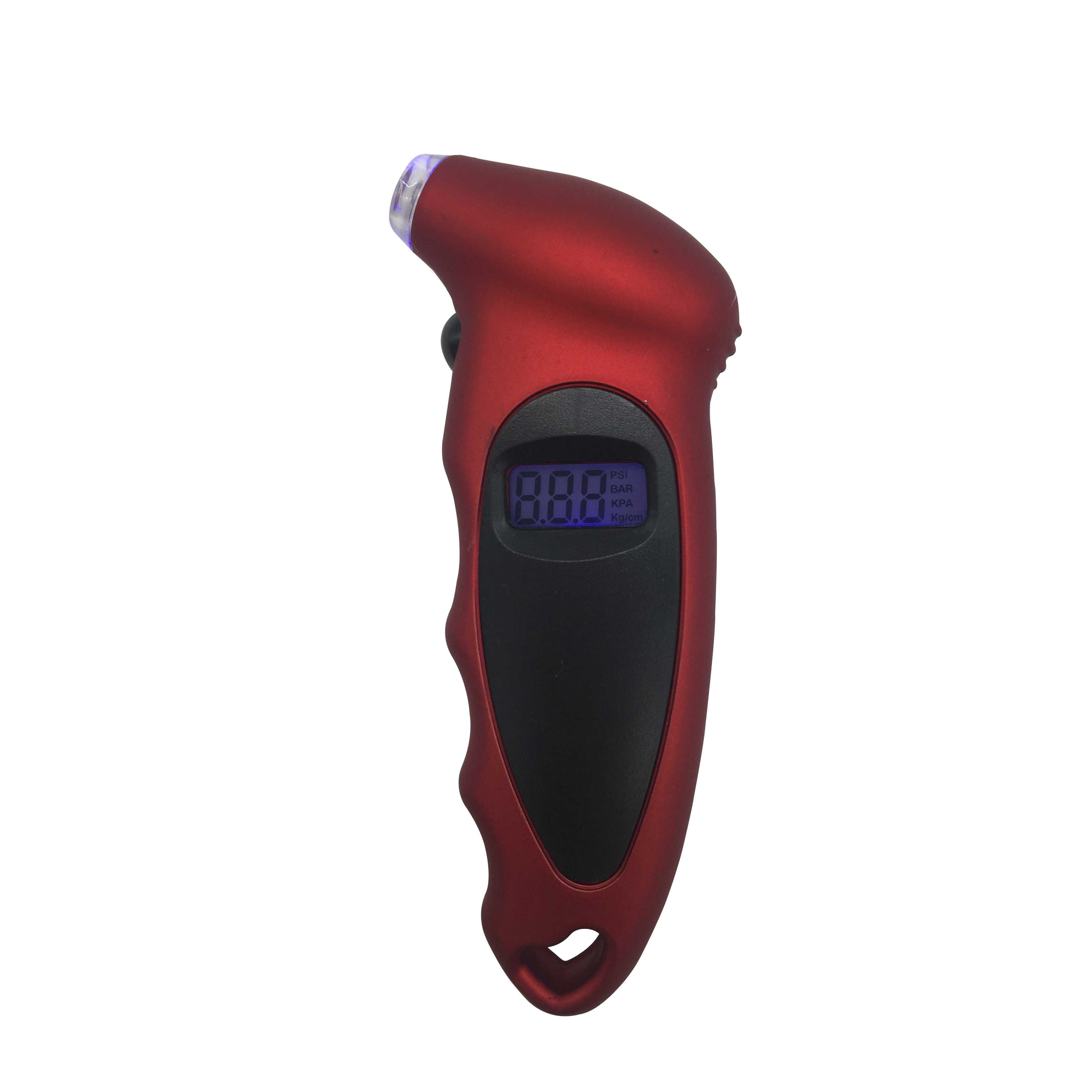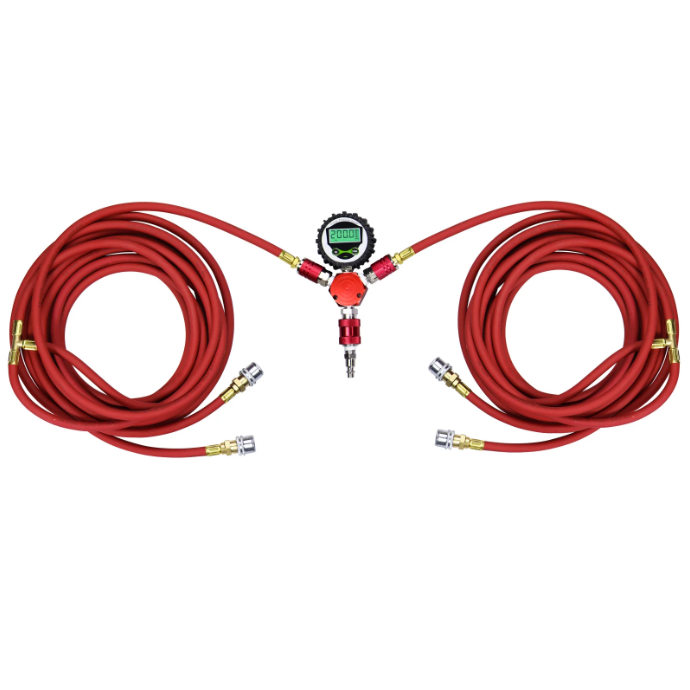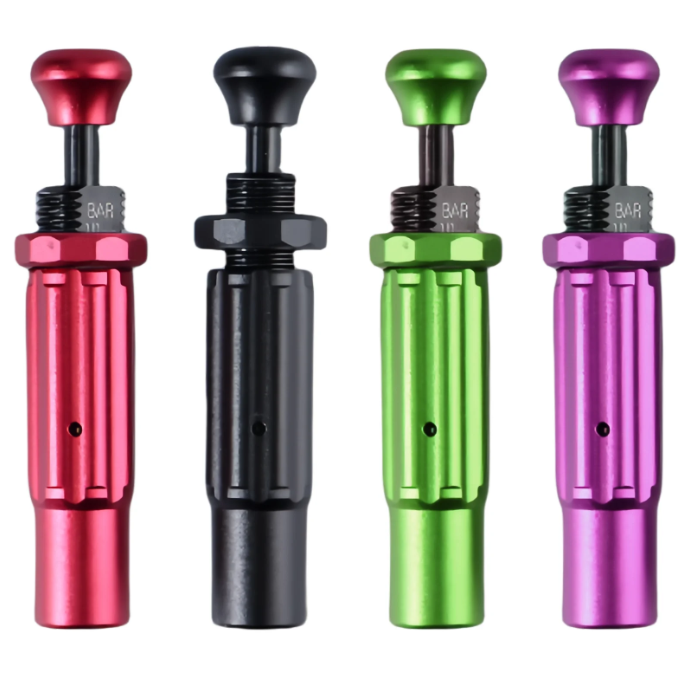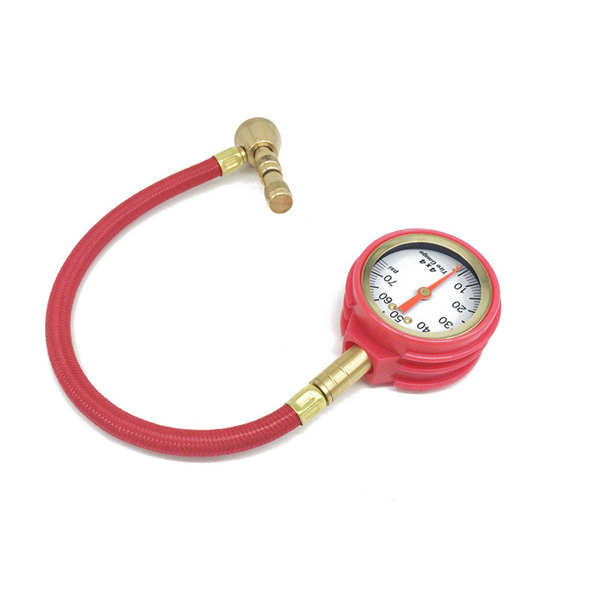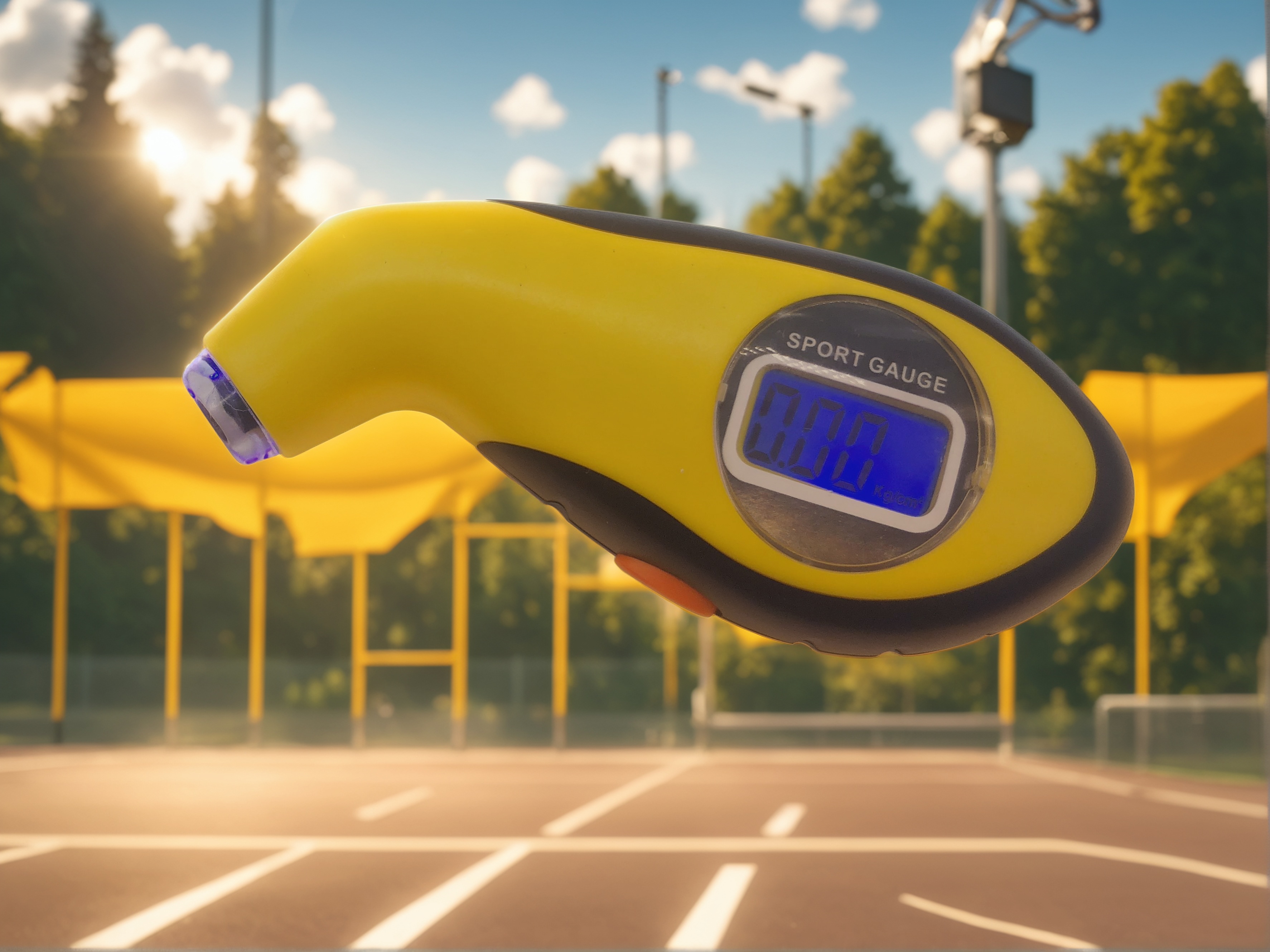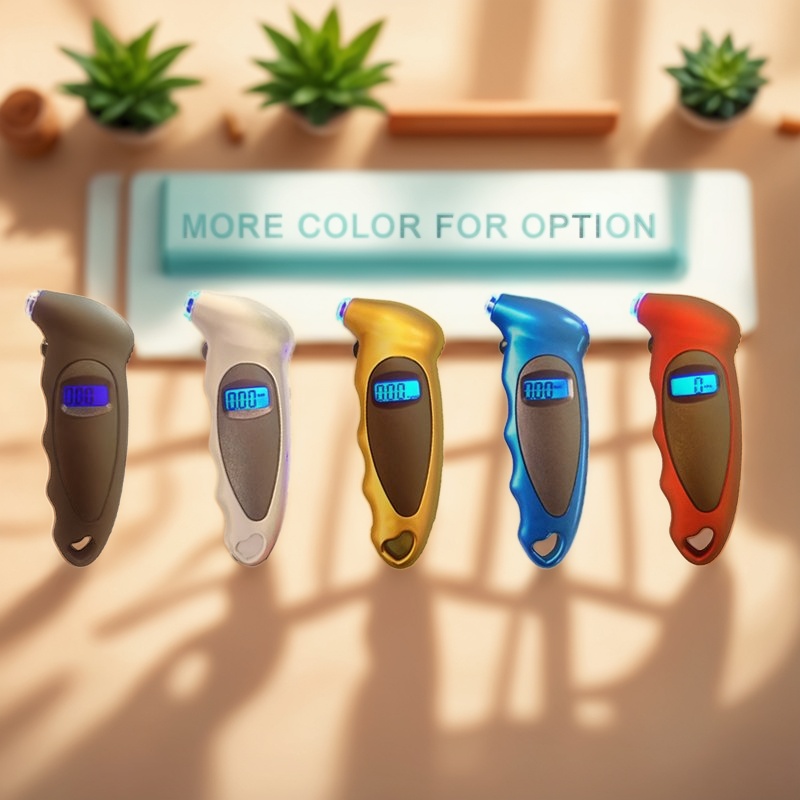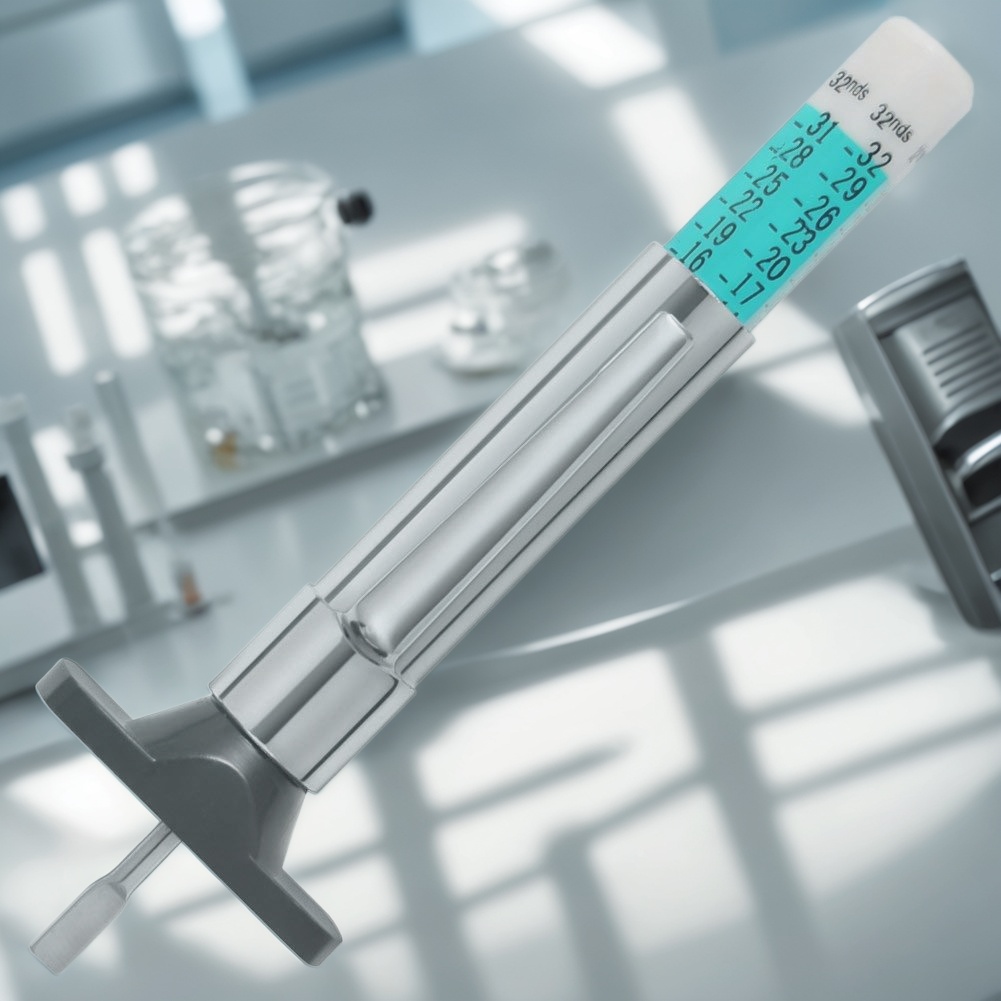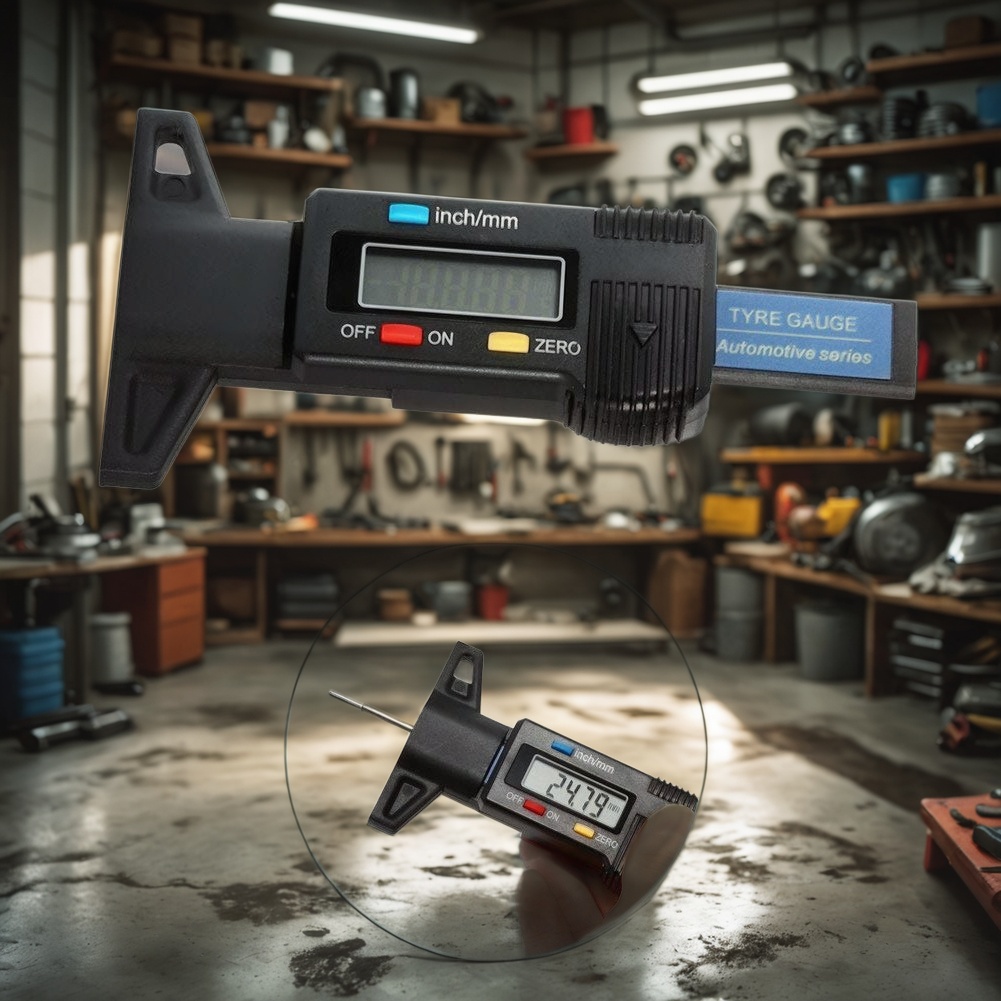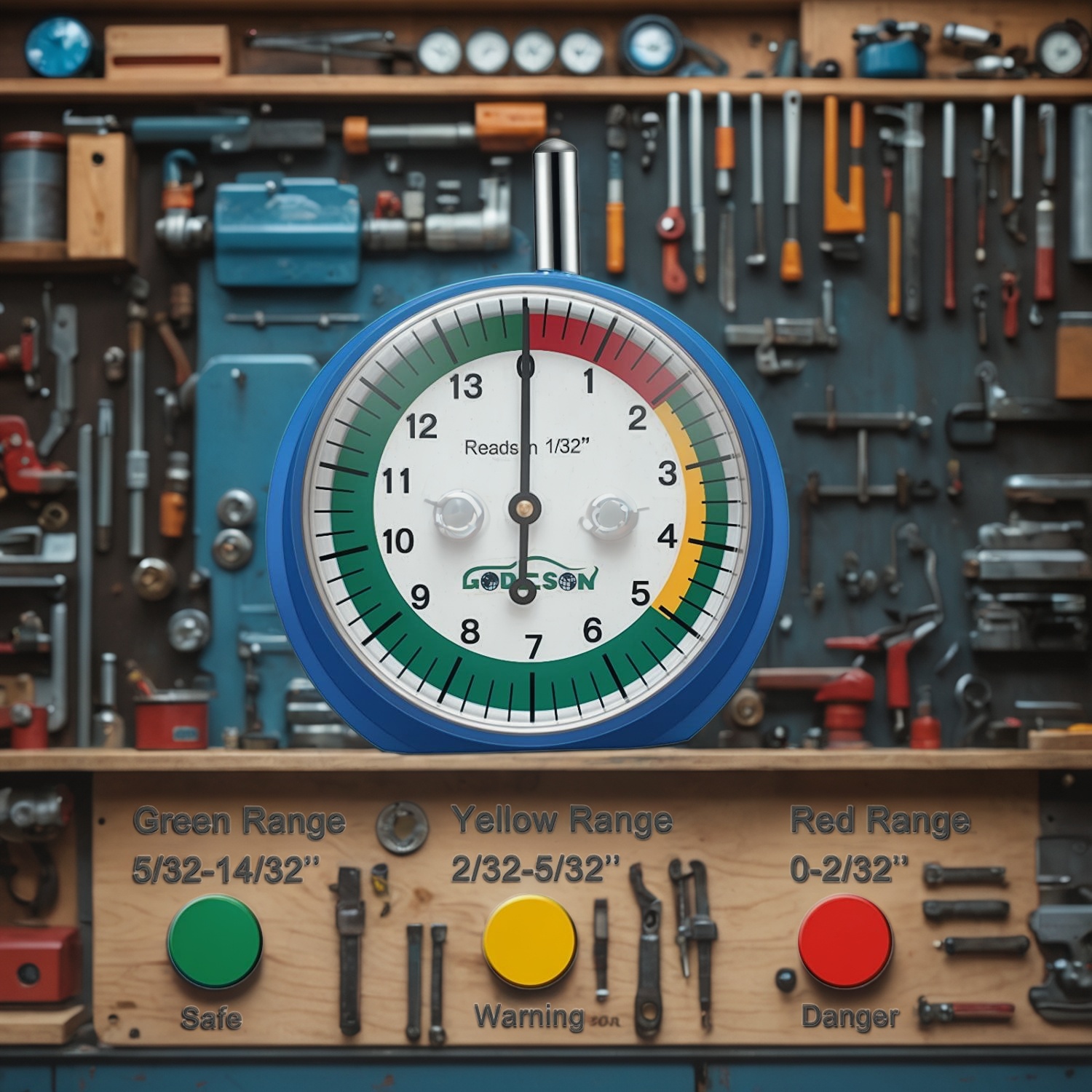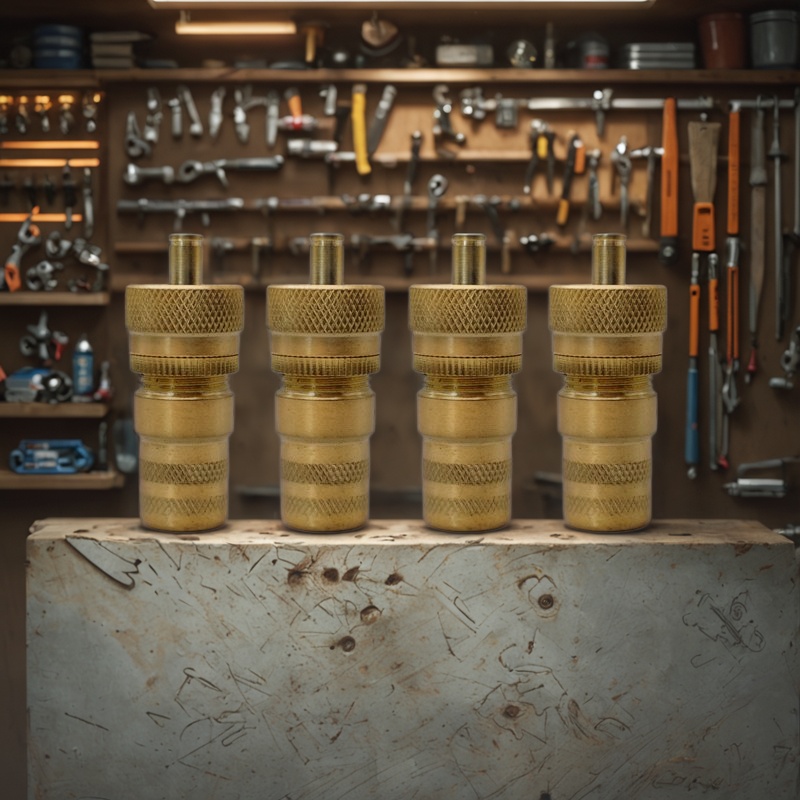The Link Between Tire Pressure and Fuel Efficiency: What You Need to Know
If you’ve ever wondered why your car’s fuel gauge seems to drop faster some weeks, tire pressure might be the hidden culprit. The connection between how inflated your tires are and how much fuel your vehicle burns is stronger than you might think—and understanding it can save you money at the pump. Let’s break down the science.
How Tire Pressure Affects Rolling Resistance
At the heart of the relationship is rolling resistance—the force that opposes your tires as they roll over the road. Think of it as the energy your car must exert to keep moving forward. When your tires are properly inflated, their contact patch with the road is small and evenly distributed, minimizing this resistance. Underinflated or overinflated tires, however, disrupt this balance—with direct consequences for fuel use.
Underinflation: The Biggest Fuel Drain
By far the most common issue is underinflated tires. When pressure is too low, the tire’s sidewalls flex more as they roll, creating extra friction. This flexing generates heat (wasting energy) and increases the tire’s contact area with the road—both of which force your engine to work harder to maintain speed.
- How much does it cost? Studies show that for every 1 psi drop in pressure below the manufacturer’s recommendation, fuel efficiency decreases by about 0.2-0.3%. For a car with tires that should be at 35 psi but are instead at 25 psi (a 10 psi deficit), that could mean a 2-3% drop in miles per gallon (mpg). Over time, that adds up: a 15-gallon tank would require an extra 0.3-0.45 gallons per fill-up, costing you more each week.
- Worse for heavier vehicles: SUVs, trucks, and EVs (which are heavier due to batteries) are even more affected by underinflation. Their extra weight amplifies tire flex, increasing rolling resistance and fuel (or battery) drain.
Overinflation: A Smaller, But Still Noticeable Impact
While less common, overinflated tires also hurt efficiency—though to a lesser degree. When pressure is too high, the tire’s contact patch shrinks, concentrating weight on a smaller area of the tread. This can make the tire stiffer, reducing traction (especially on wet roads) and creating a harsher ride.
- Fuel effect: Overinflation slightly lowers rolling resistance, but the gains are minimal and often offset by other issues. For example, a tire inflated 5 psi above the recommended level might improve mpg by 1% or less—hardly enough to justify the safety risks of reduced grip.
- Uneven wear factor: Overinflated tires wear faster in the center of the tread, meaning you’ll replace them sooner. The cost of new tires often outweighs any tiny fuel savings.
The Sweet Spot: Proper Inflation = Optimal Efficiency
The manufacturer’s recommended tire pressure isn’t just a safety guideline—it’s also a fuel-saving sweet spot. At this pressure, rolling resistance is minimized, allowing your engine to operate efficiently without wasting energy on excess friction or tire flex.
- Real-world results: Maintaining proper pressure can improve fuel efficiency by up to 3-4% compared to driving with significantly underinflated tires. For the average driver, that’s like getting an extra 1-2 mpg—enough to save $50-100 per year on gas, depending on how much you drive.
Practical Tips to Boost Efficiency
- Check pressure monthly: Tires lose 1-2 psi per month naturally, so regular checks (when tires are cold) are key. Use a reliable gauge—gas station gauges are often inaccurate.
- Adjust for load: If you’re carrying heavy cargo or towing, inflate tires to the “loaded” pressure listed in your manual. Extra weight increases the need for proper support, preventing underinflation-related drag.
- Don’t ignore the TPMS: Your Tire Pressure Monitoring System (required in all cars since 2008) alerts you when pressure drops 25% below recommended levels. Don’t wait—fix it immediately to avoid wasted fuel.
Final Takeaway
Tire pressure is a simple, low-cost way to take control of your fuel efficiency. Underinflation is the main offender, turning every drive into a more expensive one, while overinflation offers little benefit and creates new risks. By keeping your tires at the manufacturer’s recommended pressure, you’ll not only save money but also extend tire life and drive more safely. It’s a win-win—all from a 5-minute check.

